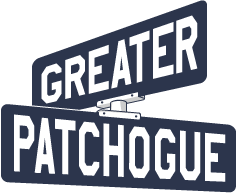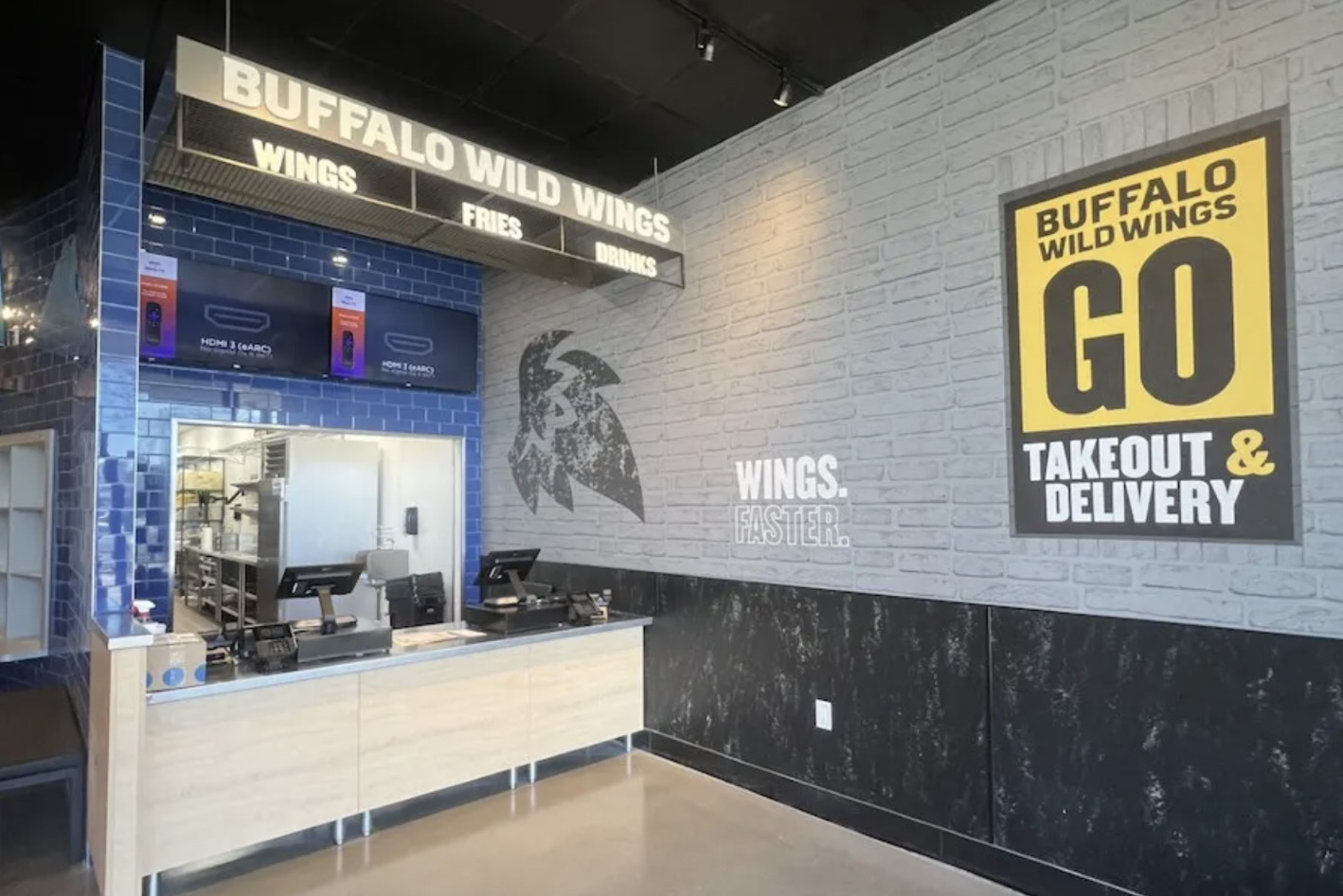 It started here in Suffolk County in 1988 — the passage of the first law in the United States to ban polystyrene foam food packaging.
It started here in Suffolk County in 1988 — the passage of the first law in the United States to ban polystyrene foam food packaging.
Then it spread from Suffolk to cities, counties and other jurisdictions across the nation.
Now, with the recent passage of bans on foam food packaging in Patchogue and last month in the Village of East Hampton, it’s coming back to Suffolk. Hopefully, what Patchogue and East Hampton have started will extend across the county: the original home of the polystyrene food packaging ban.
The firsrt ban was enacted when a Democratic-Republican coalition of especially environmentally-committed legislators held a majority on the Suffolk Legislature in the 1980s. In 1994, after a straight Republican majority took over the legislature, the ban was eliminated.
As the original county measure stated, polystyrene food packaging constitutes “a threat to the environment in the County of Suffolk.”
Its chief sponsor was Legislator Steve Englebright of Setauket, now a member of the New York State Assembly.
Polystyrene is stuff that throws a monkey wrench into nature — impacting on the environment and human health. The damage to marine and bird life has long been documented — pieces of the foam are commonly found in the stomachs of dead seabirds, fish and other wildlife.
Made from petrochemicals, its production causes greenhouse gasses contributing to global warming and climate change. If incinerated, there are toxic releases. It stuffs up landfills. And, as litter, it takes many centuries to biodegrade — it’s litter forever — a scourge on beaches and landscapes.
Moreover, studies have shown that the chemicals from polystyrene food packaging leach into foods and drinks impacting on peoples’ health.
The oil industry and trade groups went ballistic with the passage of the Suffolk law. The law was challenged in court and in 1990 was overturned by a state Supreme Court justice and subsequently by the Appellate Division.
The judges accepted the argument that the county had not done a comprehensive environmental impact statement before passing the measure. Commented Suffolk County Executive Patrick Halpin: “We felt the benefits were obvious and, therefore, didn’t require a full impact statement.”
Then, in 1992, the New York State’s highest court, its Court of Appeals, reversed those rulings.
It found that Society of the Plastics Industry, based in Washington, did not have “the standing” to contest the law.
Justice Judith S. Kaye wrote: “Protecting member companies from local conditions, such as the quality of their air and traffic congestion on their roads, cannot be said to be germane to the purposes of this nationwide trade organization.”
Then, Mr. Englebright: “The packaging industry thought that if they could defeat this in Suffolk County they could keep it from spreading. They wanted to snuff it out where it began.”
Still, two years later, with the change in political complexion of the Suffolk Legislature, the law was dropped — despite it, by that time, having served as a model for polystyrene food packaging prohibitions in many jurisdictions in the U.S.
However, now the effort to outlaw polystyrene food packaging is returning, in at least parts of Suffolk.
Patchogue Village passed its ban in January. Spearheading it was Village Trustee Joseph Keyes.
The “biggest problem” with polystyrene food packaging, he says, “is that it doesn’t go anywhere. It can have the same harmful effect on marine life as the single-use plastic bags because they could choke on them. The manufacturing of the plastic foam is also harmful, and even when you heat up food in those containers, the chemicals can seep into your food.”
Under the village’s measure, delis, restaurants, grocery stores or food trucks in Patchogue won’t be allowed to use cups, containers or plates made of polystyrene. As alternatives, they can use paper, cardboard or recyclable plastic containers.
The Patchogue law notes that polystyrene foam “has been identified as a potential human carcinogen by the United States Department of Health Services and the International Agency for Research of Cancer” and other health agencies.
Of East Hampton’s passage of its ban, Mr. Keyes says Patchogue “is pleased that East Hampton has taken this step, and we’re encouraging our neighboring villages to follow suit.”
“We start one-by-one cleaning up our backyards,” he said.
Yes, one-by-one, jurisdictions on Long Island and through the country should do just that regarding polystyrene food packaging.
A parallel step forward: the Suffolk County ban should be reinstated.
New York City enacted a ban on polystyrene foam food packaging in 2013.
Mayor Michael Bloomberg spoke about polystyrene being “one product that is impossible to recycle and never biodegrades…something that we know is environmentally destructive and that may be hazardous to our health… and that we can easily do without.”
A state Supreme Court justice overturned the ban as “arbitrary and capricious.”
But it was reinstated last year.
Photo: Patchogue Trustee Joe Keyes in Patchogue in November. (Credit: Alyssa Vera/file)























